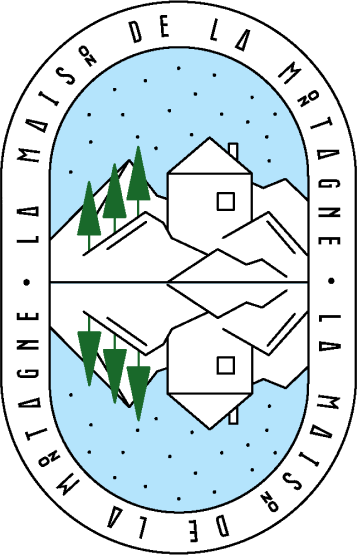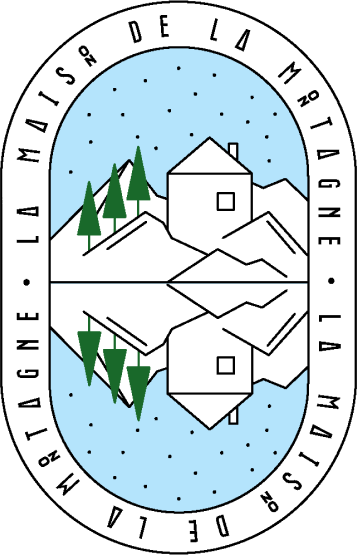
The Esseillon forts barrier
A little history...
The Esseillon barrier was built in the Haute-Maurienne in the early 19th century by the kingdom of Piedmont-Sardinia to protect itself from France, its main enemy at the time. Atop a natural barrier, this obstacle prevented access to the Haute-Maurienne and the Col and the Mont Cenis pass. Three kilometers long and 250 m high, this barrier is made up of 5 forts bearing the names of sovereigns of the kingdom:
- Marie-Thérèse redoubt
- Fort Victor-Emmanuel
- Fort Charles-Félix
- Fort Marie-Christine
- The unfinished Fort Charles-Albert.
All these forts, facing west, were designed to discourage potential enemies. During periods of peace, the forts were garrisoned and used primarily as military prisons. Austere military life was punctuated by guard duty and training.
Austere military life was punctuated by guard duty and training. Soldiers isolated, especially in winter. They had a few bread ovens, but the supply but dairy products and fresh produce were supplied in Aussois.
After the unification of Savoie with France in 1860, the forts lost their usefulness. Fort Charles-Albert was totally destroyed, and Fort Charles-Félix in part. The forts joined the ranks French army. During the Second World War, they were occupied by Moroccan as evidenced by the signs of their battalion on the walls.
Three of these forts have now been restored, one of which houses a restaurant and B&B, the other the fortified heritage interpretation center.






